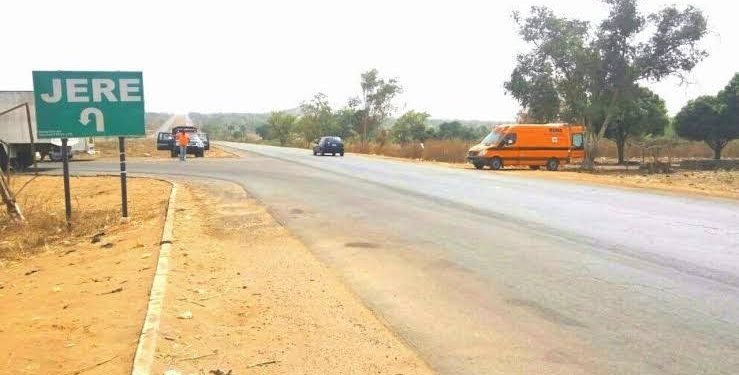FG Approves Over N840bn for Rehabilitation of Abuja-Kaduna-Zaria-Kano
The Federal Government of Nigeria has recently approved a substantial budget of over N840 billion for the rehabilitation of the Abuja-Kaduna-Zaria-Kano road. This significant investment underscores the government’s commitment to improving infrastructure and enhancing connectivity across key regions in the country.
Background
The Abuja-Kaduna-Zaria-Kano road is a critical artery that connects several major cities in Nigeria. Historically, this road has been a vital route for commerce, transportation, and communication. However, over the years, it has suffered from neglect and deterioration, necessitating urgent rehabilitation efforts.
Details of the Approval
The approved budget of N840 billion will be allocated to various aspects of the rehabilitation project. This includes road resurfacing, bridge repairs, and the installation of modern safety features. Key stakeholders involved in this project include the Federal Ministry of Works and Housing, state governments, and private contractors.
Scope of the Rehabilitation
The rehabilitation project will cover the entire stretch of the Abuja-Kaduna-Zaria-Kano road. Specific areas of focus will include repairing potholes, reinforcing bridges, and improving drainage systems. The project aims to enhance road safety, reduce travel time, and provide a smoother driving experience for commuters.
Economic Impact
One of the most significant benefits of this rehabilitation project is the potential for job creation. Thousands of jobs are expected to be generated, ranging from construction workers to engineers and administrative staff. Additionally, the improved road infrastructure will boost local economies by facilitating easier movement of goods and services.
Social Benefits
The rehabilitation of the Abuja-Kaduna-Zaria-Kano road will have numerous social benefits. Improved road conditions will lead to safer travel, reducing the risk of accidents. Furthermore, enhanced connectivity will make it easier for people to access essential services such as healthcare and education.
Environmental Considerations
Sustainability is a key consideration in this rehabilitation project. Efforts will be made to minimize the environmental impact through the use of eco-friendly materials and construction practices. Measures will also be taken to protect surrounding ecosystems and reduce carbon emissions.
Challenges and Risks
Despite the numerous benefits, the project is not without its challenges. Potential obstacles include funding delays, logistical issues, and resistance from local communities. To mitigate these risks, comprehensive risk management strategies will be implemented, including contingency planning and stakeholder engagement.
Timeline and Phases
The rehabilitation project is expected to be completed in several phases over the next few years. The initial phase will focus on the most critical sections of the road, with subsequent phases addressing less urgent areas. A detailed project timeline will be provided to ensure transparency and accountability.
Government’s Role
The Federal Government will play a crucial role in overseeing the project, ensuring that it adheres to regulatory standards and is completed on time. Both federal and state governments will provide support in terms of funding, policy formulation, and monitoring.
Public-Private Partnerships
The involvement of the private sector is essential for the success of this project. Public-private partnerships will bring in additional expertise, funding, and innovation. These collaborations will help to ensure that the project is completed efficiently and to a high standard.
Technological Integration
Modern technology will be integrated into the rehabilitation project to enhance efficiency and quality. Innovations such as automated machinery, advanced materials, and real-time monitoring systems will be utilized to streamline construction processes and ensure durability.
Community Involvement
Local communities will play a vital role in the success of the rehabilitation project. Their feedback and participation will be sought to ensure that the project meets their needs and addresses their concerns. Community engagement initiatives will be implemented to foster a sense of ownership and cooperation.
Monitoring and Evaluation
To ensure the project’s success, robust monitoring and evaluation mechanisms will be put in place. Progress will be tracked through regular reports, site inspections, and stakeholder meetings. Evaluation criteria will include adherence to timelines, budget compliance, and quality of work.










![Portable Orders Assault On Car Dealer Over Delayed Vehicle Delivery [VIDEO]](https://accesspost.ng/wp-content/uploads/2024/09/Portable-120x86.jpg)


